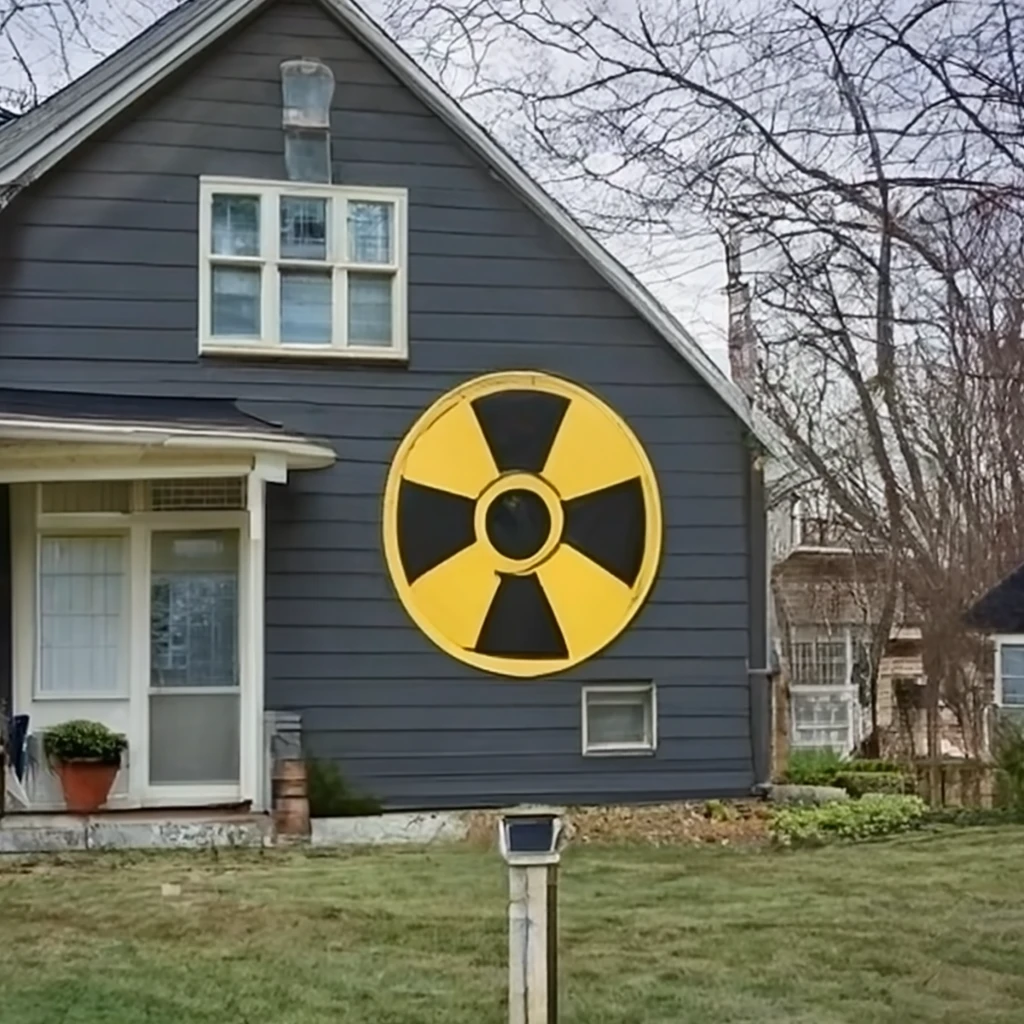Health Risks and Mitigation Strategies
Do you know that you may have radioactive radon gas at home? Radon is a naturally occurring, odorless, colorless, tasteless radioactive gas. It is released from the natural decay of uranium in rocks and soil and can seep into homes unbeknownst to the residents. The EPA lists radon as the second leading cause of lung cancer in the United States, making it a silent, but dangerous health hazard. Thankfully, there are effective methods for detecting and mitigating radon in our homes.
Health Problems Related to Radon
1. Lung Cancer: Prolonged exposure to radon gas is the leading cause of lung cancer in non-smokers. When inhaled, the radioactive particles from radon gas can damage the cells lining the lungs, leading to cancer.
2. Respiratory Problems: Although less understood, some studies suggest that long-term radon exposure may lead to non-malignant respiratory conditions such as emphysema and pulmonary fibrosis.
Solutions to Radon Exposure
1. Radon Testing: The only way to know if your home has a radon problem is to test for it. Homeowners can purchase inexpensive do-it-yourself radon test kits or hire a professional for radon testing.
2. Radon Mitigation: If the radon level in your home is 4 picocuries per liter (pCi/L) or higher, the EPA recommends taking corrective measures. Professionals can install radon reduction systems, which use ventilation to decrease radon levels by up to 99%.
3. Regular Monitoring: After mitigation, continue to check radon levels at least every two years, as changes in your home can affect radon levels.
4. Radon-resistant Construction: If building a new home, consider using radon-resistant construction techniques. These methods can seal entry routes for radon and vent the radon-laden air away from your home.
While radon gas is a severe health threat, it is one that can be effectively managed. Regular testing, professional mitigation, continual monitoring, and radon-resistant construction are the keys to ensuring your home is safe from this invisible risk. By taking these steps, you can protect yourself and your loved ones from the health hazards associated with radon gas exposure.


Comments
One response to “Radioactive Radon Gas at Home”
[…] Radon Radioactive Gas: A naturally occurring, odorless, colorless, tasteless radioactive gas. It is released from the […]